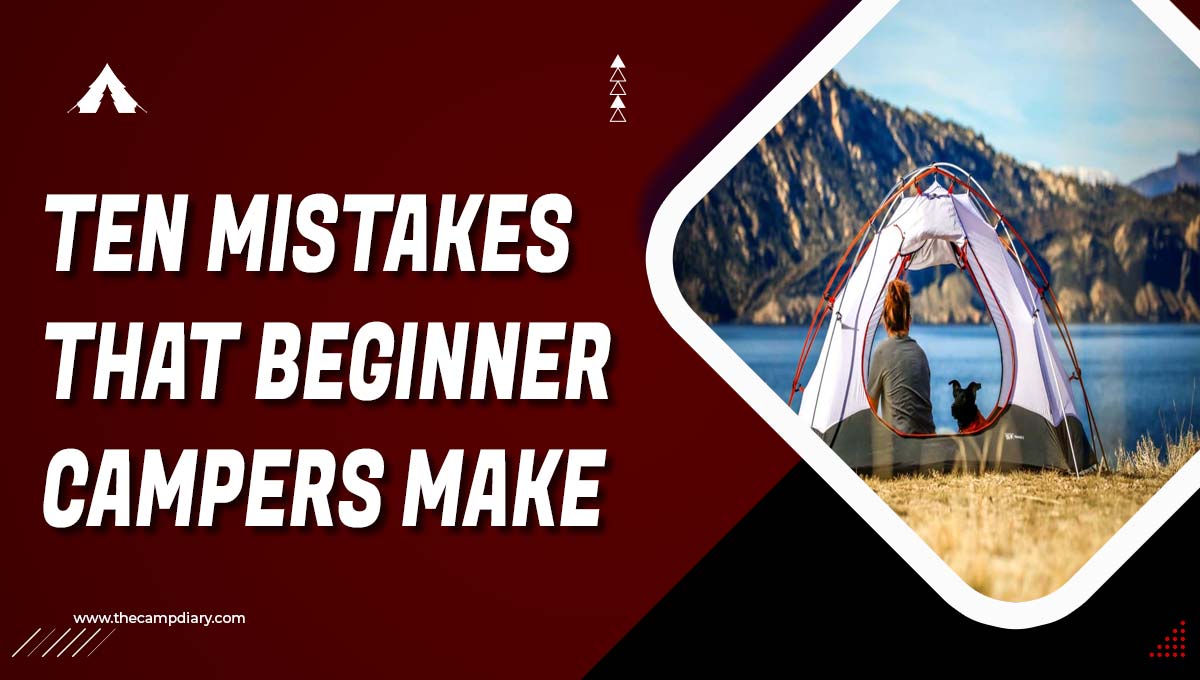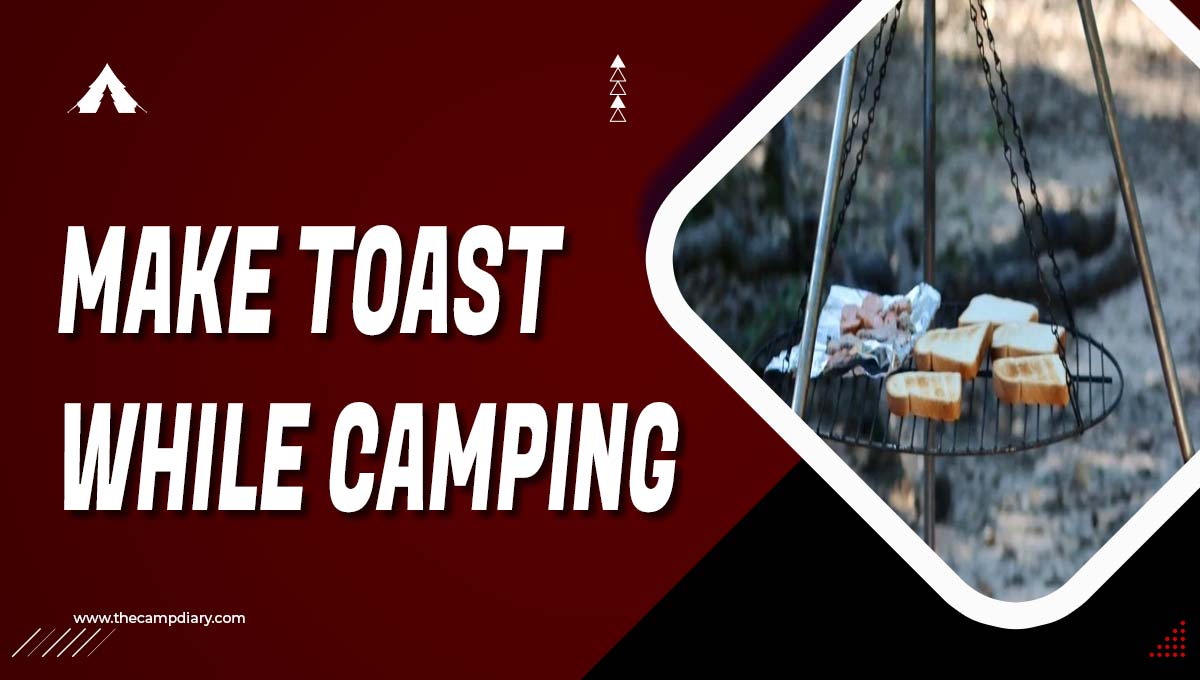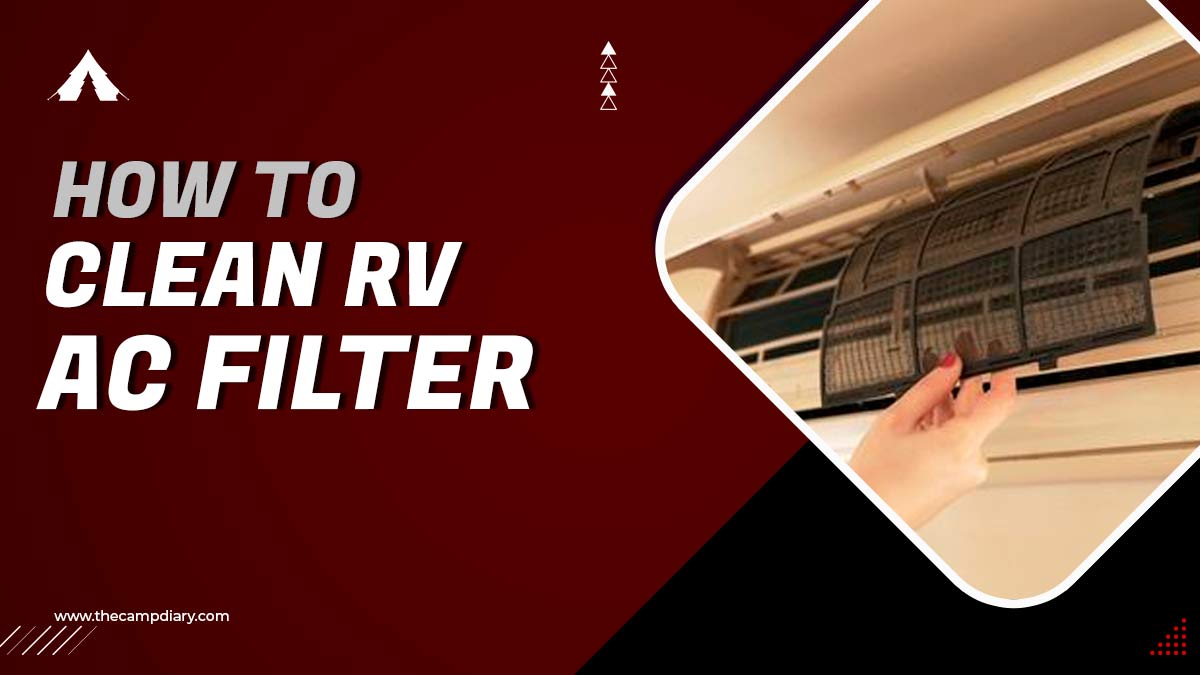Planning a camping trip and not sure how much water to bring? You’re not alone! Most people underestimate how much water they need for camping, which can lead to an uncomfortable experience or, even worse, being stranded in the wilderness.
In this blog post, we’ll discuss how much water you should bring camping and some tips on how to conserve water while you’re outdoors. Let’s get started!
How Much Water To Bring Camping Guideline:
Water for Drinking While Camping
The recommended amount of water to bring per person is:
- 1 gallon (4 liters) per day in hot weather
- ½ gallon (2 liters) per day in moderate weather
- ¼ gallon (1 liter) per day in cold weather
Of course, these are just guidelines and you should adjust depending on the activities you plan on doing, the climate, and the age and physical condition of the people camping. For example, if you’re going to be hiking in a hot climate, you’ll need more water than if you’re just sitting around the campfire.
How to Conserve Water While Camping
Here are some tips on how to conserve water while camping:
- Avoiding processed foods and drinks that require water to make, such as coffee
- Using a solar shower or collecting rainwater to bathe
- Doing laundry only when absolutely necessary
- Washing dishes with biodegradable soap and collected rainwater
- Collecting grey water in a container to use for flushing the toilet or watering plants
Camping can be a fun and rewarding experience, but it’s important to be prepared for everything, including how much water you’ll need. You will be able to have a safe and enjoyable camping trip if you follow the guidelines and tips that are included in this blog post.
1 gallon per person, per day.
This is the bare minimum of water you should bring camping. If you know you’ll be doing a lot of strenuous activity, such as hiking or climbing, you should increase your water intake to 2 gallons per person, per day.
How Much Water for Children?
When camping with children, it’s important to take into account their smaller size and adjust the amount of water accordingly. The recommended water intake for children is:
- ½ gallon (2 liters) per day in hot weather
- ¼ gallon (1 liter) per day in moderate weather
- No more than 1 cup (250 ml) per day in cold weather
These guidelines are for healthy children between the ages of 1 and 12. If your child is younger than 1 or has a medical condition, you should consult their doctor for specific recommendations on how much water to bring.
Water Purification While Camping
If you’re camping in an area where the water is not safe to drink, you’ll need to purify it before drinking. There are a number of ways to do this, including boiling, filtering, and using chemical tablets. In my opinion, it is always a good idea to have at least one method of purifying water at hand, just in case the need arises.
Tips for Conserving Water While Camping:
- Choose a campsite near a water source.
- Bring a water filter or purification tablets to treat water from natural sources.
- Limit your baths and showers to quick sponge baths.
- Collect rainwater for washing dishes and other non-potable uses.
- Bring a water bottle and reuse it throughout the day.
- Plan meals that don’t require a lot of cooking or washing dishes.
- Pack out all of your trash, including food waste.
By following these tips, you can conserve water while camping and make your trip more comfortable and enjoyable!
How Much Water do I Need to Bring Backpacking?
The amount of water you need to bring backpacking depends on a number of factors, including the difficulty of the trail, the weather, and your physical condition.
As a general rule, you should plan on bringing 1 gallon (4 liters) of water per person, per day. As a result, if you know that you’re going to be hiking in hot weather, you’ll need to bring a lot more water.
It’s also important to remember that you can’t always count on finding a water source along the trail, so it’s best to be prepared and bring enough water with you. When you come across a water source, you can either use a water filter or purification tablets to ensure that the water you are drinking is safe to drink.
By following these guidelines, you can ensure that you have enough water for your backpacking trip.
Final words
We hope this article was helpful and that you will be able to use these tips on your next camping trip. When planning a camping trip, it’s important to take into account how much water you’ll need. If you follow the guidelines and tips in this post, you will be able to have a safe and enjoyable camping trip.
Please let us know in the comments below if there are any other tips you would like us to cover. Happy camping!
Frequently Asked Questions
How much water do you need for 2 days camping?
For a two-day trip, you should plan on bringing at least 3 gallons of water per person. This will ensure that you have enough to drink, cook with, and clean up after your meals.
How much water should you bring?
You should bring a gallon of water per person, per day. This is the minimum amount you need to stay hydrated. If you’re doing a lot of strenuous activity, you’ll need more water.
How many gallons of water for 5 people camping?
You’ll need at least 5 gallons of water for 5 people camping. This will last for approximately 2 days if everyone is drinking the recommended amount per day.
How much water should you bring backpacking?
The amount of water you need to bring backpacking depends on the length of your trip, the climate, and your activity level. You should plan on bringing at least a gallon per person, per day.
How much water should I pack a day?
You should pack at least 1 gallon of water per person, per day. This is the minimum amount you need to stay hydrated. If you’re doing a lot of strenuous activity, you’ll need more water.
Can I drink stream water while camping?
If the stream is running clear and there are no visible signs of pollution, it is safe to drink. If you are unsure, purify the water before drinking. There are a number of ways to do this, including boiling, filtering, and using chemical tablets.
![How Much Water To Bring Camping [2023 Guide]](/uploads/how-much-water-to-bring-camping.jpg)


![15 Tips to Keep Bees Away From Your Campsite [2023 Guide]](/uploads/how-to-get-rid-of-bees-while-camping.jpg)

![10 Simple Ways To Reduce Smoke In Your Fire Pit [2023 Guide]](/uploads/how-to-reduce-smoke-in-your-fire-pit.jpg)

![How Long Do Ice Packs Last [2023 Guide]](/uploads/how-long-do-ice-packs-last.jpg)